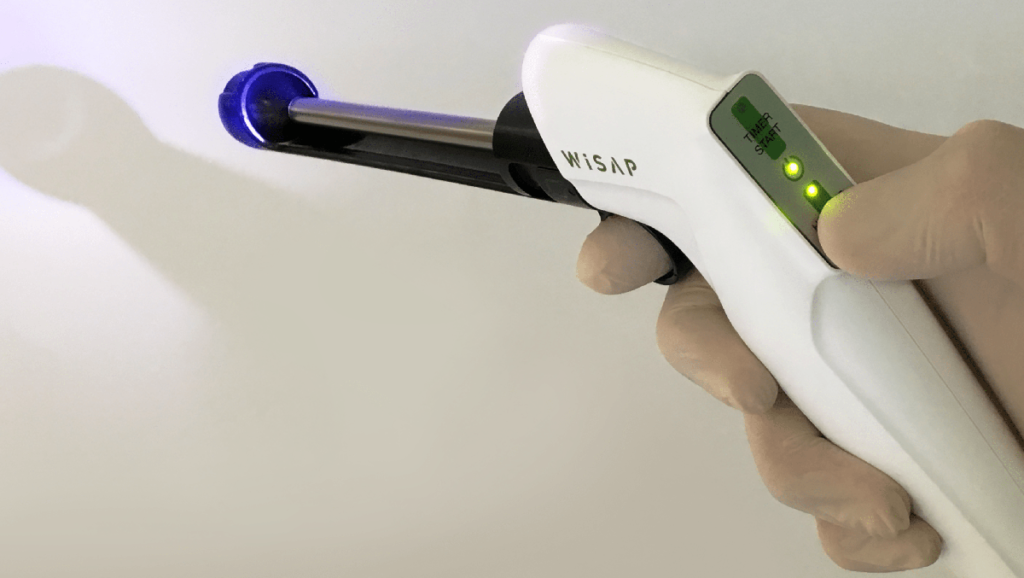Cold coagulation is a medical treatment used to address abnormal cervical cells, also known as cervical intraepithelial neoplasia (CIN). It is a procedure that destroys the affected cells to allow healthy cells to regrow in their place. During the procedure, a doctor uses a special instrument that heats up to burn away abnormal cervical cells. It is often performed after a colposcopy, which is an examination of the cervix using a magnifying device to spot any problems.
Why is it Done ?
The main reason for cold coagulation is to treat cells on the cervix that have shown changes which, if left untreated, could develop into cancer. It’s a preventive measure to keep the cervix healthy.
What are the Benefits ?
The benefits of cold coagulation include:
- It is a quick procedure, usually done in a doctor’s room.
- It has a high success rate in removing abnormal cells.
- It is less invasive than some other treatments, which means recovery time is usually short.
What are the Risks ?
Like any medical procedure, there are some risks associated with cold coagulation:
- There may be some light bleeding or discharge for a few weeks after the treatment.
- There is a small chance of infection, which would require antibiotics.
- In rare cases, the treatment could cause the cervical opening to narrow, which might need further medical attention.
What after the Procedure ?
Patients can usually go home the same day and return to normal activities soon after. It is important to follow the doctor’s instructions on aftercare to ensure the best outcome and reduce the risk of complications.
In summary, cold coagulation is a safe and effective way to treat abnormal cervical cells. It helps prevent the development of cervical cancer with minimal side effects and downtime for the patient.

